How To Choose The Right High Performance Brake Pad
Choosing a brake pad that gives you a boost in stopping power instead of just a straight-up replacement for your stock binders is an affordable, and effective way to improve the performance of your vehicle.
It can also be a confusing experience for a first-time buyer. There are almost as many different brake pad compounds out there as there are companies making brake pads. Each brand does its best to come up with the most appealing balance between stopping power, longevity, and heat management—but the good news is, within those three primary pad characteristics there exists a universe of custom solutions aimed specifically at the type of driving you are doing.
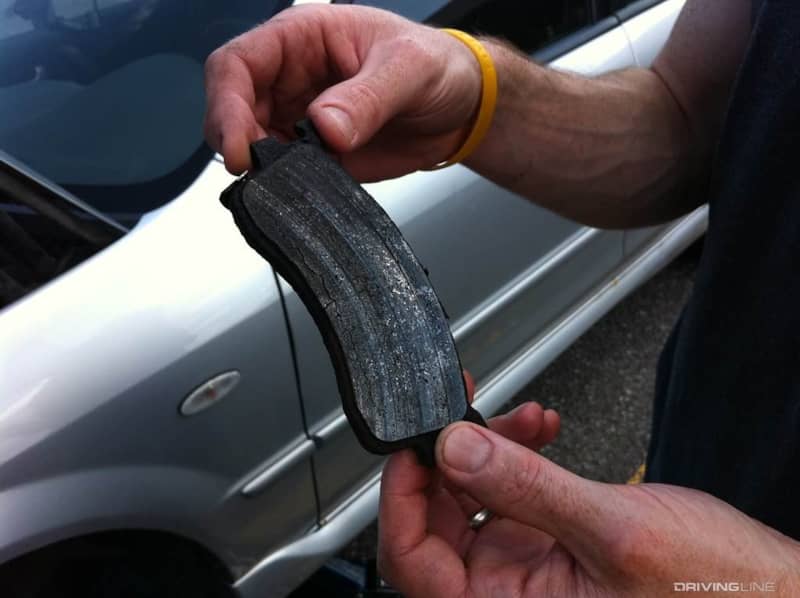
For the purposes of this guide, we're going to ignore organic pad compounds, which are the ones you'd find at your local brake shop as an inexpensive stock replacement, as well as standard ceramic pads, for similar reasons. Instead, we'll focus on those that truly deliver across-the-board improvements in your braking performance, moving up the ladder from the least to the most aggressive pads you can install.
Semi-Metallic Starting Point
There's no way around it: hitting your brakes hard generates heat, and on a race track, you will be regularly subjecting your pads to the kind of temperatures that one would only see occasionally in a street setting. If a pad overheats, you will encounter something called 'brake fade,' which occurs when temperatures rise to the point where the pad can no longer adequately generate friction against the rotor, lengthening stopping distances and dramatically reducing the initial 'bite' of the pad against the disc when you first push down on the pedal.
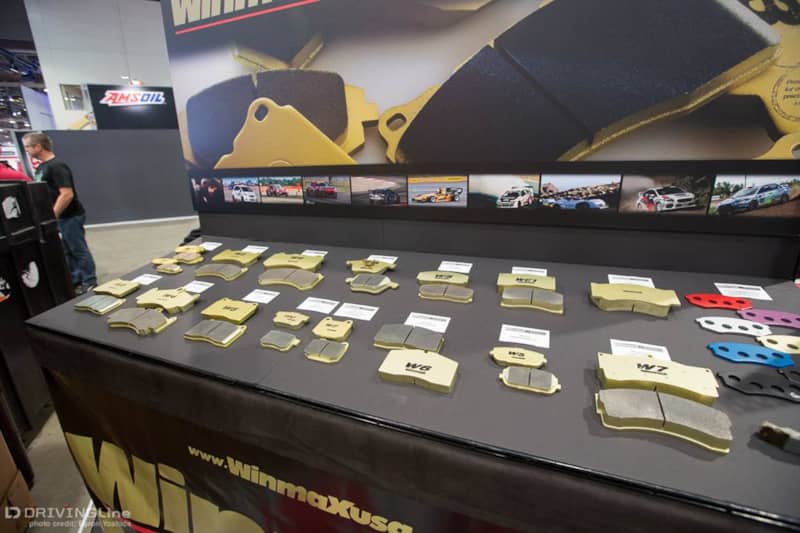
Pad compounds intended for a high performance setting must offer a way to manage this heat, which typically means including a heavy metallic component. What kind of metals are typically used? You'll see steel, iron, copper, and a number of alloys mixed in with graphite, carbon fiber, or other fillers, resins, and materials in order to create a pad that, in competition form, is well over half metal. There can be as many as 35 different ingredients used in the proprietary compounds employed by brake pad manufacturers.
Why Go Metal?
The advantages of semi-metallic pads are significant. Since metals are typically more effective than a pad made of organic materials at conducting heat, they are able to channel high temperatures away from the caliper, reducing the chance of fluid boiling, while at the same time cooling themselves down far more quickly after the pedal is released.
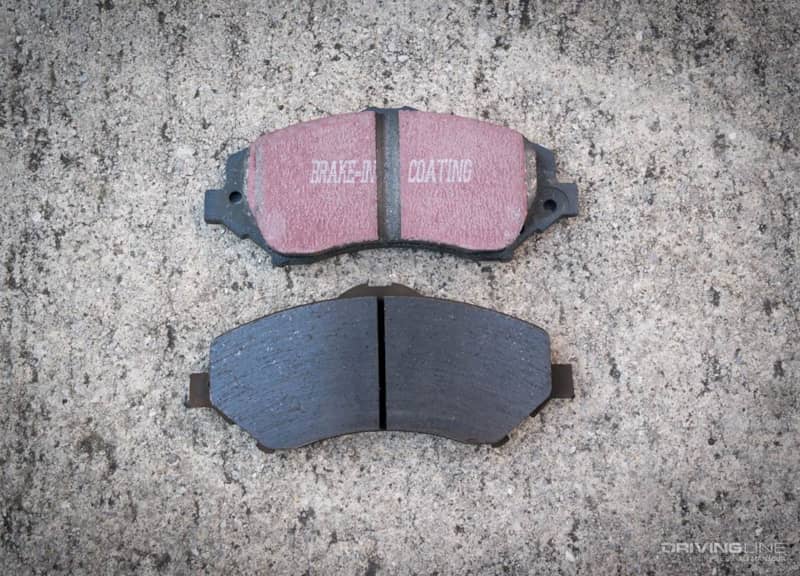
Moving beyond heat, however, semi-metallic pads also offer significant bite during the initial stopping action. This makes them harder on a brake rotor in terms of overall longevity—both the pad and the disc can get chewed up with repeated braking—but it's a small price to pay for the major boost in stopping ability that these types of pads provide.
Don't Just Grab Any Pad
Semi-metallic pads come in a wide range of compounds, and you'll want to be careful to choose the one that best matches the type of driving you're doing. The first thing to look at is temperature range: some metallic compounds aren't effective unless they have been warmed up to a specific operating temperature, and that might not be possible, or even safe, in street driving. Others offer a wider range of temps that will balance the need for both street and track stopping.
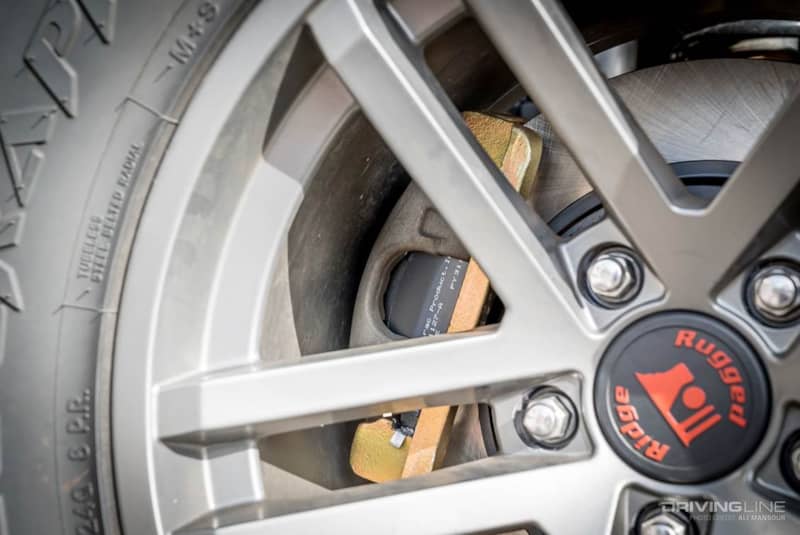
A full track-only pad like the Hawk DTC-80 is comfortable hauling you down from speed at temperatures of up to 1,700 degrees F, but can't generate even minimum amounts of stopping power below 500 degrees F. In contrast, the entry-level Hawk HP+ is safe at as low as 100 degrees F, but will still be usable at up to 800 degrees F.
Other things to consider with these types of pads are noise and dust, each of which can be elevated compared to a stock brake pad.
Consider Swapping
Those temperature ranges listed above should have definitely caught your attention if you were considering a dual-use brake pad for street and track driving. While the HP+ is safe to drive to your event, and will offer solid performance in competition, a dedicated race pad compound isn't something you can safely use in a street environment.
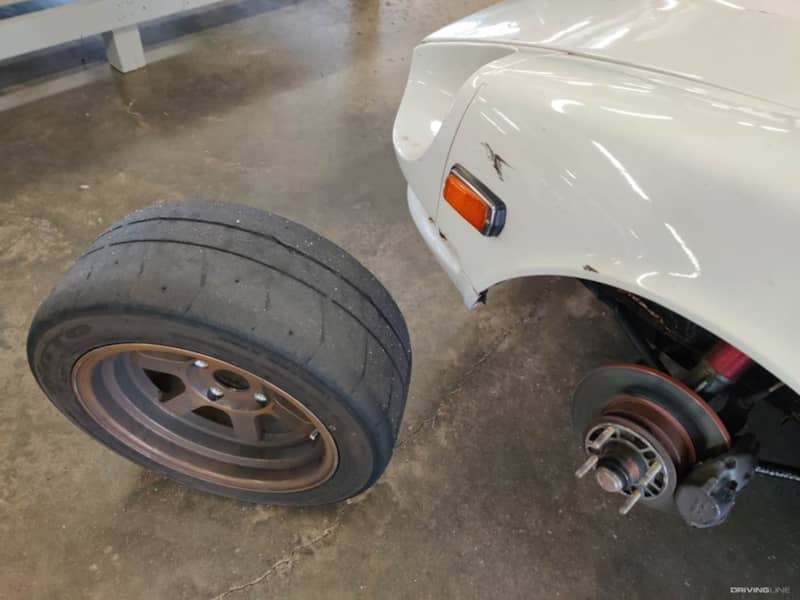
The simplest solution to getting the most out of your brake pad setup is to simply swap pads once you're at the track, allowing you to leverage maximum stopping in both situations. While it might seem like a bit of a hassle to have to carry an extra set of pads with you, it's really no different than a competition tire strategy. A tire like the Nitto NT01 might be perfect for turning in excellent lap times, for example, but it's not the same tire you would drive on a daily basis in the wider range of temperature and weather conditions that are a part of daily commuting.
Matching your tire compound to the task at hand is no different than doing the same with your brakes. A one-size-fits-all solution is a good starting point, but as you begin to hone your skills, you'll want to look to the next step in brake pad compounds to upgrade your vehicle's capabilities to match.
Want to move beyond pads? This guide takes an overall look at performance braking.







